Most recently, the New Tradition fashion show was punished for displaying a yếm dress with vulgar underwear that showed off the buttocks. However, in the past, the yếm dress was a symbol of women's delicate charm, and has left a lasting impression in Vietnamese poetry.
Áo yếm – a symbol of femininity in famous literary works
The yếm was first recorded in the 12th century under the Ly Dynasty. It was originally an undergarment, and is now known as women's lingerie. According to designer Sy Hoang, the yếm was worn by Vietnamese women in ancient times in private spaces such as their homes, when going to bed...
According to cultural researchers, the yếm is very feminine because of its design that shows off a slim waist (wasp waist), highlighting the beauty of women's soft curves.
Accordingly, the yếm was a part of the overall costume of ancient Vietnamese women. The yếm was worn inside the áo dài. Feudal women of all ages, all professions, and all positions wore the áo yếm in different ways. The áo yếm could be worn with a brown áo tứ thân to create elegance. Red and peach yếm were worn with bright áo mơ ba and một một Bảy áo with young women attending spring festivals...
In Vietnamese poetry, the yếm always appears as a symbol of female beauty, and at the same time, it is also a metaphor for the status of women under the feudal regime.
From Vietnamese folk songs and proverbs, the yếm has emerged, blending into a language full of images to express many layers of meaning about the connection between a woman's life and the yếm.
“My body is like a red bodice/ Fluttering in the market, not knowing who will get it”, or, “The stork wades along the pond bank/ Fluttering two red bodices in the wind”... In folk songs, the red bodice is also a metaphor for secret love, but a kind of promise between a boy and a girl: The yellow chrysanthemum blooms into purple chrysanthemum/ When I get married, I will return the bodice to you”…
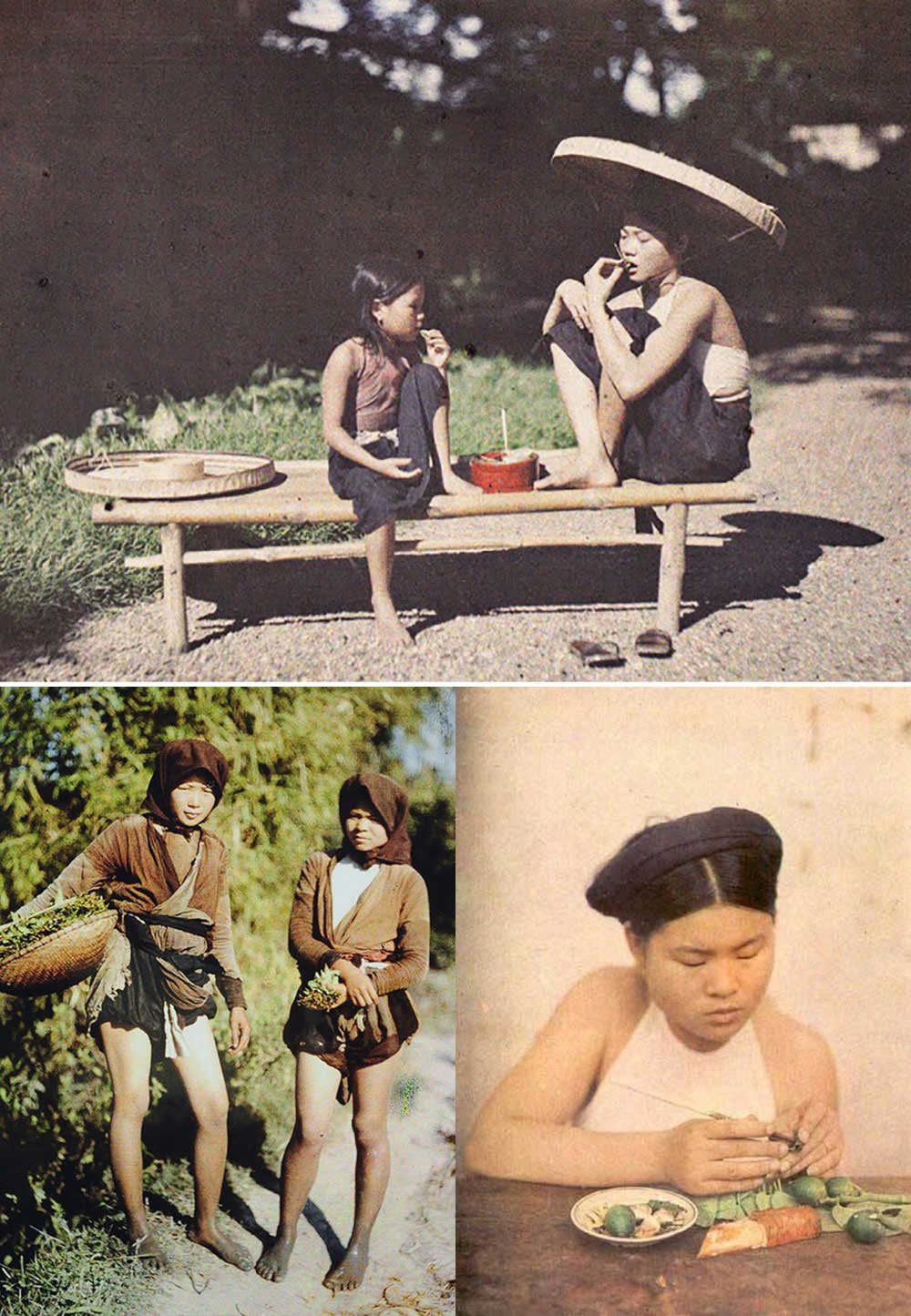
The yếm strip became famous when it entered the poetry of poetess Ho Xuan Huong with a very suggestive image: "The bamboo comb is lazily pinned on the hair/ The pink yếm slip falls down below the breasts/ The two breasts are still covered with dew/ A peach stream has not yet flowed" (excerpt from The Daytime Sleeping Girl).
Along with the boldness and breaking of all social prejudices in Ho Xuan Huong's poetry, the yếm đào appears with all the sexiness, demands, and burning desire for love of women.
In the poetry of Nguyen Nhuoc Phap and Nguyen Binh, the yếm đào has become an irresistible charm of women in the eyes of men.
Nguyen Nhuoc Phap describes the beautiful young woman in the poem “Huong Pagoda” as if carving into poetry a classic image: “Small scarf, high ponytail/ She wears a red bodice/ Silk pants, new silk shirt/ Holding a conical hat with quai thao in her hand”. The image of the young woman preparing to go to the pagoda has moved many generations of readers.
To Nguyen Binh, the pink yếm became the poet's "misery" when he saw that the girl he loved had a change of heart.
“Where is the oak silk bib? The dyed linen belt from the spring? Where is the four-panel dress? The crow’s beak scarf, the black pants?” (excerpt from the poem Countryside). Nguyen Binh longed to see the girl he loved in the oak silk bib, worn with the four-panel dress, because that was the simplicity, the closeness, the genuine beauty that the poet loved.
From poetry, the yếm became famous, becoming a beauty of the times, a symbol of Vietnamese women of the past.
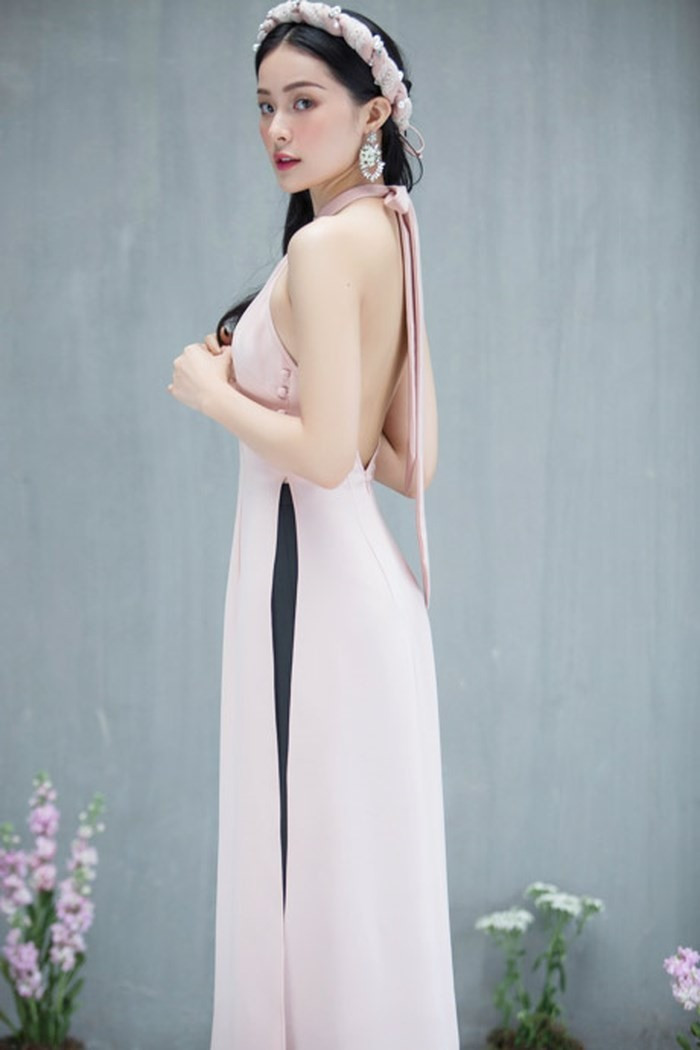
To the scandals to bear
The yếm is a very simple design, easy to cut and sew, easy to wear, and convenient in life. The yếm revolution happened in the 20th century when Western styles entered Vietnam with the birth of many new and strange types of yếm.
If in the past, women used yếm as underwear to cover up, to wear inside the áo tứ thân or áo mơ ba một Bảy costume, along with the whirlwind of changes of the times, the áo yếm was innovated and used with a completely different role and "mission".
The yếm was modernized along with the áo dài. The yếm was used as a tool to show off the body, to show off the three measurements. The yếm was worn as an outer blouse, no longer as underwear used inside.
Entering the 20th and 21st centuries, the young generation accepted the yếm fashion very quickly and transformed it into "a myriad of forms".
The yếm is used everywhere, worn to go out, walk around town, or picnic. The yếm is stylized for fashion shows and on stage.
Camisole Arouse the movement of showing off body, taking pictures with lotus flowers.
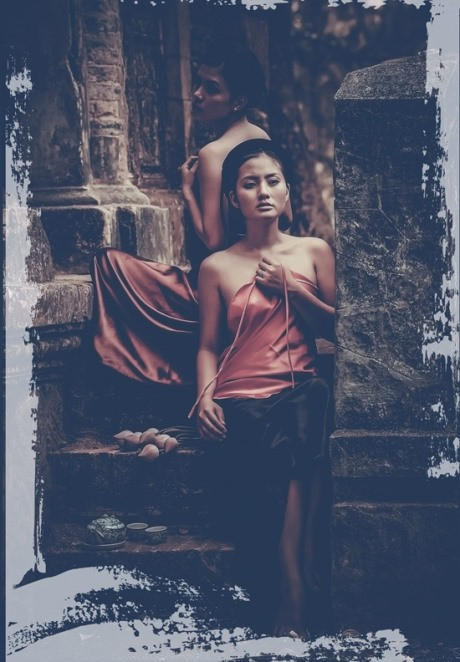
When used improperly, the yếm dress has been criticized many times for being too revealing and offensive. Many Vietnamese stars and celebrities have "lent a hand" in spreading offensive images of the yếm dress.
Most recently, the New Tradition fashion show was punished for displaying a tank top with vulgar underwear that showed off the buttocks.
According to designer Si Hoang, the way of transforming and using the ao yem incorrectly is a degradation of cultural ethics and a process of insulting traditional culture.
Designer Minh Hanh believes that this trend needs to be eliminated so that the ao yem and ao dai can live up to their true beauty and value.
Source


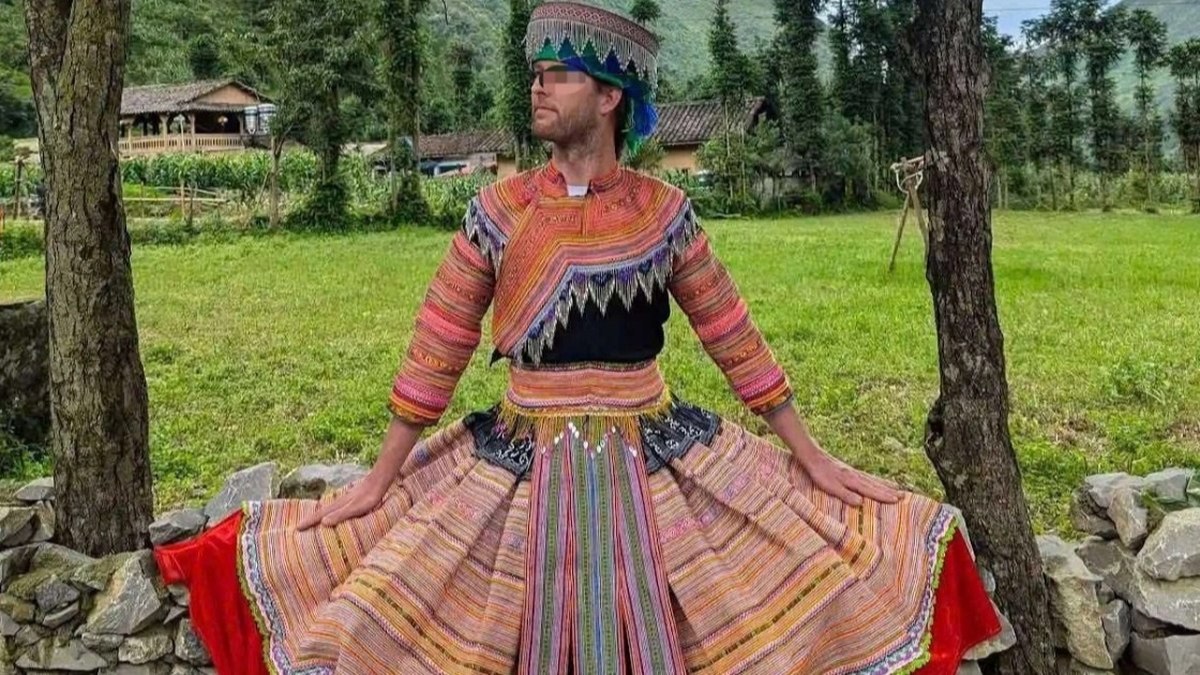
























![[Photo] Discover the "wonder" under the sea of Gia Lai](https://vphoto.vietnam.vn/thumb/1200x675/vietnam/resource/IMAGE/2025/8/6/befd4a58bb1245419e86ebe353525f97)
![[Photo] Nghe An: Provincial Road 543D seriously eroded due to floods](https://vphoto.vietnam.vn/thumb/1200x675/vietnam/resource/IMAGE/2025/8/5/5759d3837c26428799f6d929fa274493)















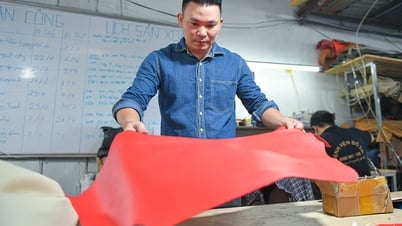






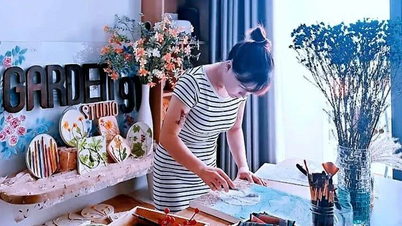





















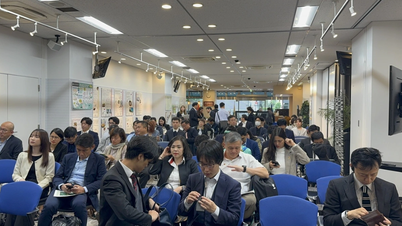
























Comment (0)